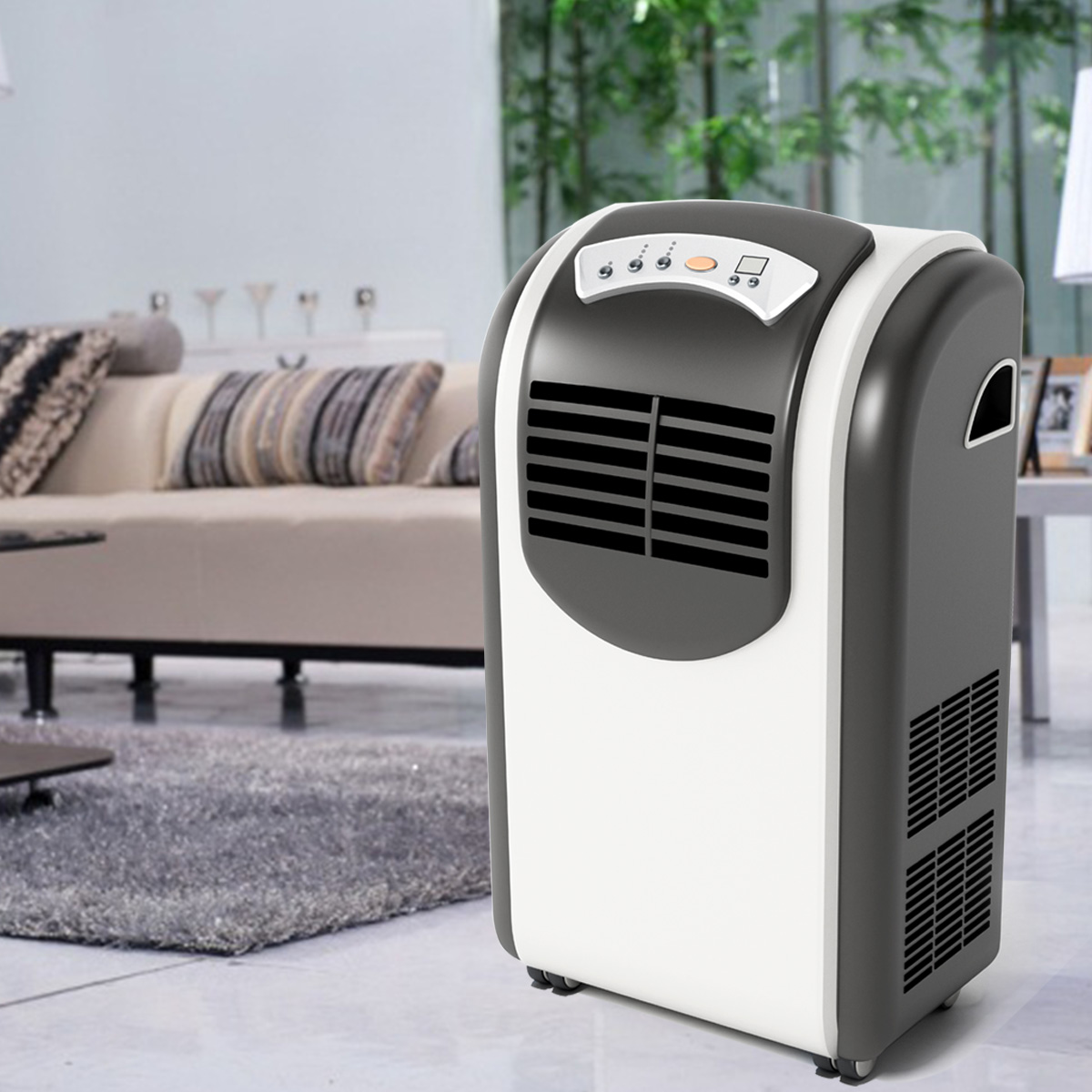There is a broad array of housing options available to today’s seniors:
Senior Apartments
This option offers independent market rate in an apartment complex with the security and conveniences of community living. It is a good choice for older adults who are looking for ways to enjoy the company of friends in a setting that supports independence and where they are able to “age in place.”
Continuing Care Retirement Communities
Also known as CCRCs, these communities provide a continuum of care including independent living, assisted living and nursing care in one location. A CCRC is appealing because it offers a full range of housing, residential services and health care options as your health care needs change over time.
While the cost of living in a CCRC is often higher than other types of senior living, residents have a lifelong assurance of knowing that increased assistance and health care services are available in one location. This allows seniors to stay in the same location as their housing needs change over time. It also can mean spouses can still be very close to one another even if one requires a higher level of care. CCRCs provide a wide range of services and amenities to residents. Some CCRCs are rental communities, while others require both an entrance fee and a monthly fee.
Independent Living
These are retirement communities that usually offer meals, housekeeping, maintenance, laundry facilities, local transportation and planned programs and events. Some communities may even offer amenities such as swimming pool/spas, exercise facilities, lounges, reading rooms and computer labs. Health care is generally not provided, but many communities allow a home health aide or nurse to come into an apartment to assist with medicines and personal care.
Assisted Living
These communities provide a greater level of support than in-home care, day programs or independent living. Assisted living is typically a private pay, rental model that provides help with some activities of daily living, including minor help with medications. In some instances, financial assistance may be available, including a VA aid and attendance benefit for veterans of foreign wars.
Many assisted living communities provide senior apartment-style living with scaled-down kitchens. Most have a dining room and common areas for social and recreational activities. Costs tend to vary according to the level of care required. A nursing staff is typically available twenty-four hours a day.
Memory Care
Either a stand-alone community or part of an assisted living community, these communities are generally intentional in their design. There may be, for example, enhanced lighting, color coding, visual cues, memory boxes, easy to navigate walking paths and secure indoor and outdoor spaces. A daily calendar of events provides opportunities for engagement in programs that provide exercise, socialization and entertainment. Care staff is also available around-the-clock to meet the supportive health care needs of the residents.
Skilled Nursing and Rehabilitation Center
Long-term care, also commonly referred to as a nursing home, is the senior housing option that offers the most medical care. Long-term care communities have medical directors, social workers, rehabilitation professionals as well as nurses on staff that provide around-the-clock skilled medical care. Some long-term care facilities also have units designed for seniors with specific illnesses, such as Alzheimer’s disease and/or other dementia-related conditions.
A nursing home is normally the highest level of care for older adults outside of a hospital. While they do provide assistance in activities of daily living, they differ from other senior housing in that they also provide a higher level of medical care. Skilled nursing care and medical professionals such as physical and occupational therapists are also available for rehabilitation as needed.



